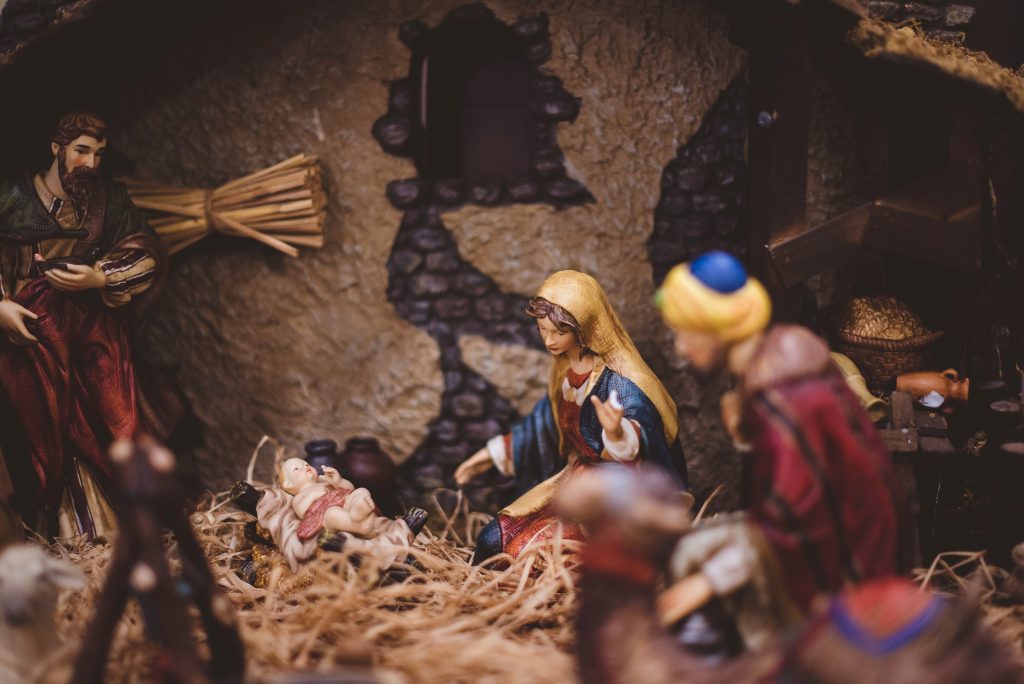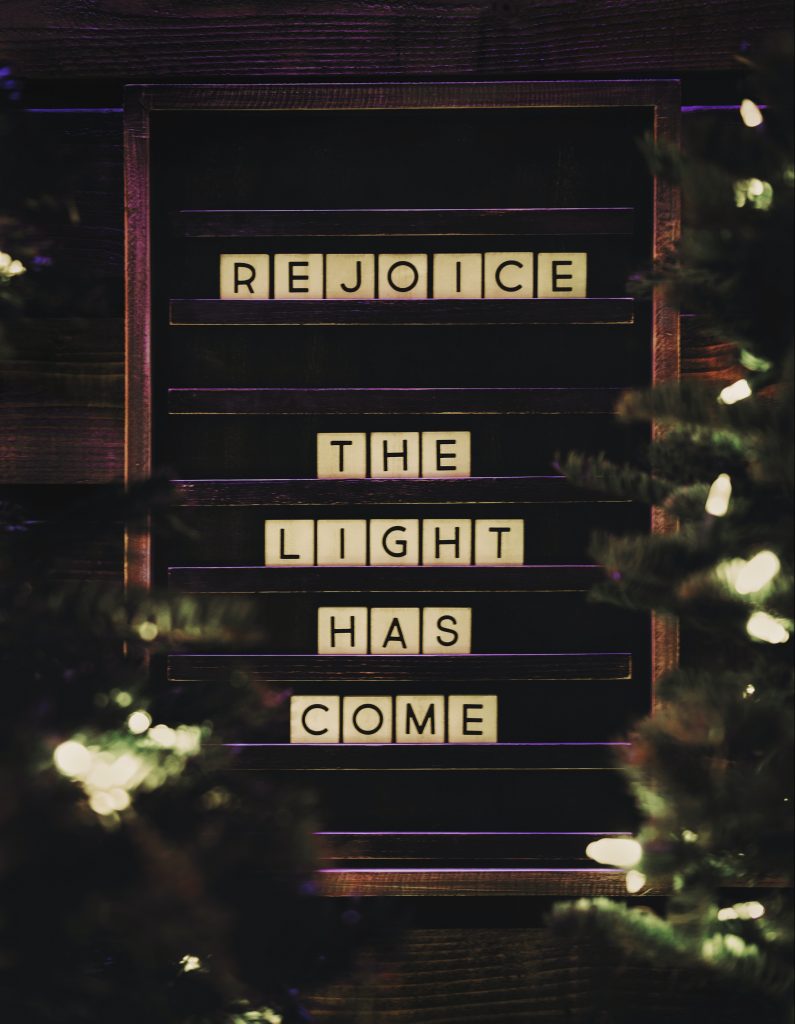The season of Advent in the Catholic Church is a season of preparation, extending over four Sundays before Christmas. Advent comes from the Latin advenio, “to come to,” and refers to the coming of Christ. The coming of Christ refers to the celebration of Christ’s birth at Christmas; the coming of Christ in our lives through grace and the sacrament of Holy Communion; and finally, to his second coming at the end of time. “When the Church celebrates the liturgy of Advent each year, she makes present this ancient expectancy of the Messiah, for by sharing in the long preparation for the Saviors first coming, the faithful renew their ardent desire for his second coming. By celebrating John the Baptists birth and martyrdom, the Church unites herself to his desire: He must increase, but I must decrease” (Catechism, no. 524)
Traditions
Philips Fast
A tradition called Philip’s fast named after the Apostle Philip starts from November 15th to Christmas eve, a period of 40 days mirroring Lent. It is known as a little Lent. Both the Western and Eastern Churches used to observe Advent with the traditional Lenten practices: fasting and abstinence, prayer and almsgiving. Philip’s Fast is fairly strict and includes abstinence from meat, eggs, and dairy products on all weekdays, and fish, oil, and wine on most days. On Sundays and certain feast days, fish, oil, and wine are allowed. While Roman Rite Catholics no longer are bound to fast during Advent, we can learn about the traditions of our Eastern brethren to help us appreciate the Christmas season more. One way we can do this is to continue to abstain from meat on a Friday in remembrance of Our Lord’s passion. Traditionally feasts are observed with a period of fasting beforehand to make the feast more joyful.

Advent Wreath
This consists of four candles, three purple or blue and one pink) arranged in a circle with evergreen boughs (and often a fifth, white candle in the centre), the Advent wreath corresponds to the four Sundays of Advent. The purple or blue candles represent the penitential nature of the season, while the pink candle calls to mind the respite of Gaudete Sunday. The white candle, when used, represents Christmas.
Jesse Tree
This tradition dates back to the middle ages. Advent is a time to anticipate and prepare for the arrival of Christ at Christmas. It represents the family tree, or genealogy of Jesus and the story of God’s salvation, beginning with creation and continuing through the Old Testament, to the coming of the Messiah. Each day of Advent a homemade ornament is added to the Jesse Tree each corresponding to the salvation story in the Bible.
 Crib
Crib
This is generally accredited to St Francis of Assisi, in 1224 he recreated the manger scene with real people and animals, in a cave in Italy. Mass was offered and St Francis preached about the birth of Jesus. Today many Catholic families have a crib in their homes to remind them of what this liturgical season is about, the birth of Jesus. The crib is a wonderful opportunity to bring the family around and pray together while meditating on the coming of the Messiah into the world.
St Nicholas
On 6th December is the feast day of St Nicholas. An old Christian tradition surrounding his feast day is for kids to leave their shoes out overnight in front of the fireplace or on the windowsill, so that St. Nicholas can fill them with special fruits, candies, and other small gifts and treats. St Therese talks about this tradition in the book story of a soul, her family did this tradition on Christmas eve.
“I knew that when we reached home after Midnight Mass I should find my shoes in the chimney-corner, filled with presents, just as when I was a little child . . . Papa, too, liked to watch my enjoyment and hear my cries of delight at each fresh surprise that came from the magic shoes, and his pleasure added to mine.” ~ St. Therese of Lisieux, Story of a Soul

The Christmas Candle
This is such a lovely tradition, whereby a white candle can be lit on Christmas Eve to show that the Light of the World has arrived. You can continue to light this candle every Sunday as a reminder of our waiting for Christ, his life, death and resurrection.
St Andrews Novena
This beautiful devotion can be prayed as a family or individually. The Saint Andrew Christmas Novena is often called simply the “Christmas Novena”, because it is prayed 15 times every day from the Feast of St Andrew the Apostle (November 30) until Christmas.
Hail and blessed be the hour and moment in which the Son of God was born of the most pure Virgin Mary, at midnight, in Bethlehem, in piercing cold. In that hour, vouchsafe, O my God! to hear my prayer and grant my desires, through the merits of Our Saviour Jesus Christ, and of His Blessed Mother. Amen.
The Mary candle
On 8th December, the Feast day of the Immaculate Conception, you can decorate the Christ candle with a blue ribbon as a reminder to her fiat that enabled our Lord’s coming into the world.
St Lucy cakes
St Lucy’s feast day is on 13th December, she was a martyr and virgin, in Sweden it symbolizes the start of the Christmas season. Traditionally, this would be saffron bread and ate in the morning time, this recipe can be found online.
Prayer
Advent is a wonderful time to take up new devotions, such as the liturgy of the hours, daily mass, weekly confession, or reading the Bible. There are many advent devotionals which you can get online which is a wonderful way to reflect on this season.
Advent is a time to prepare the way of the Lord for His coming as our King and Saviour and we are so blessed to have so many different ways to celebrate this season. So what ways will you celebrate this time of waiting for the Lord this year?


